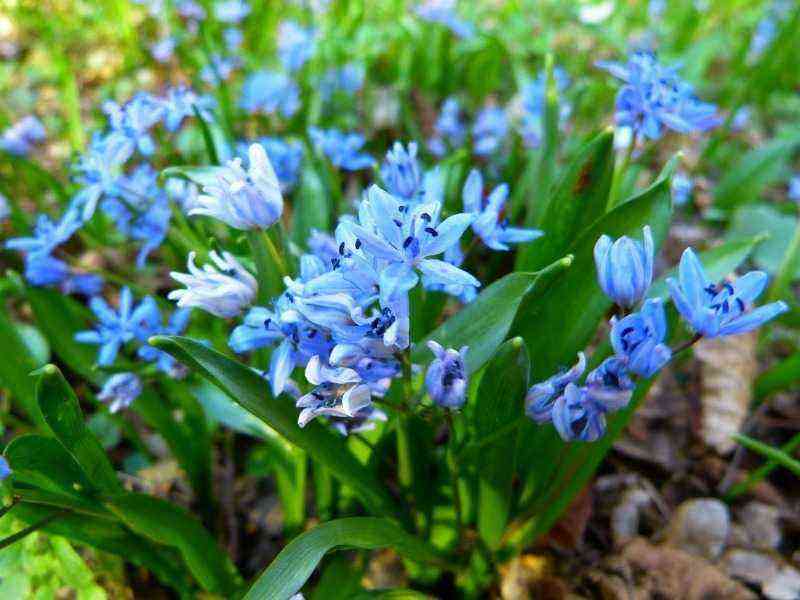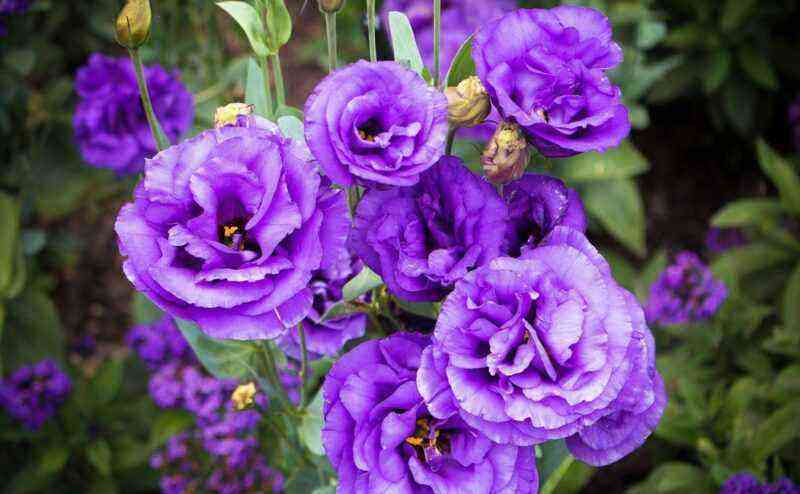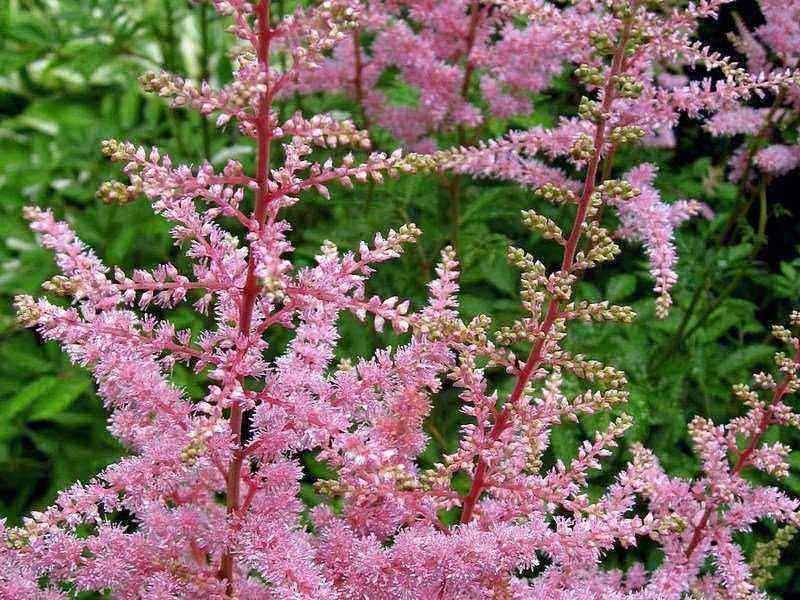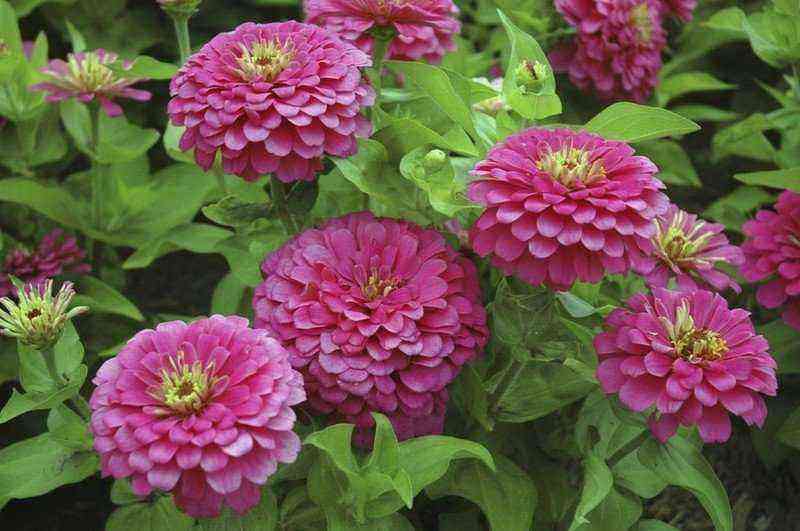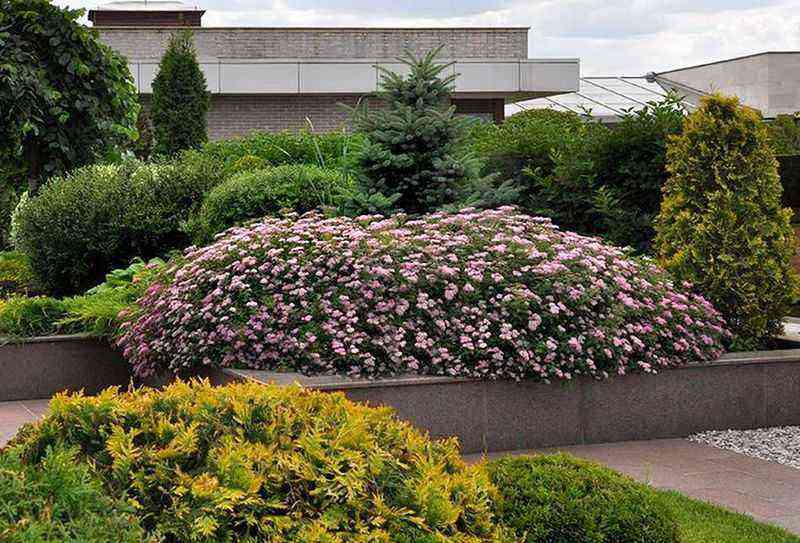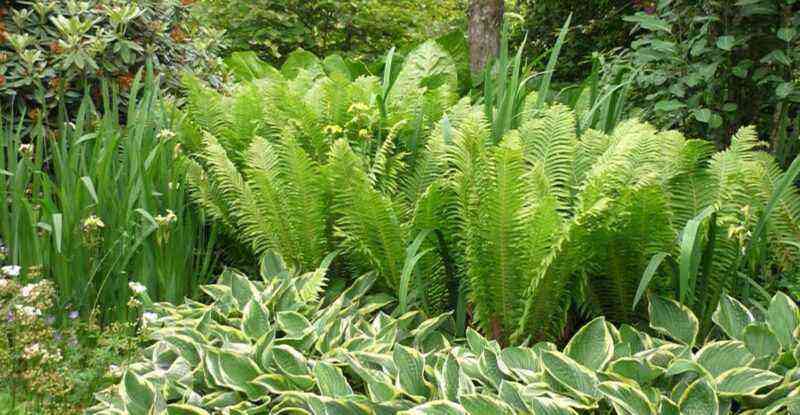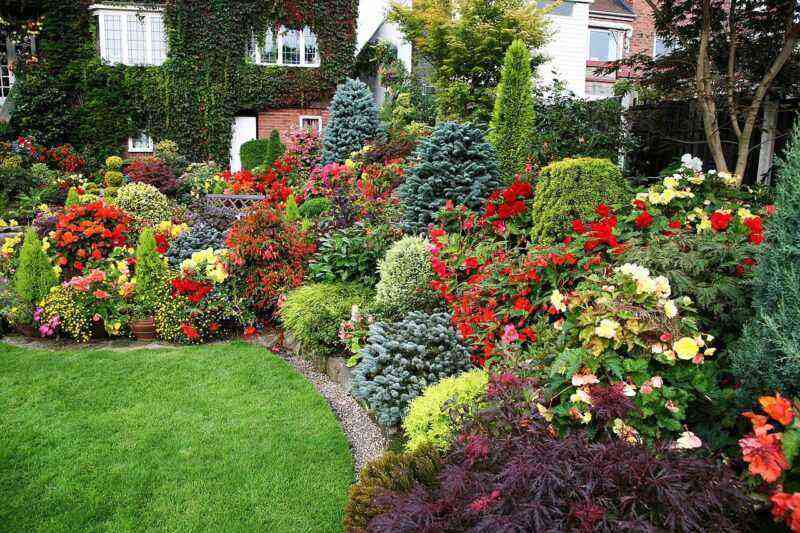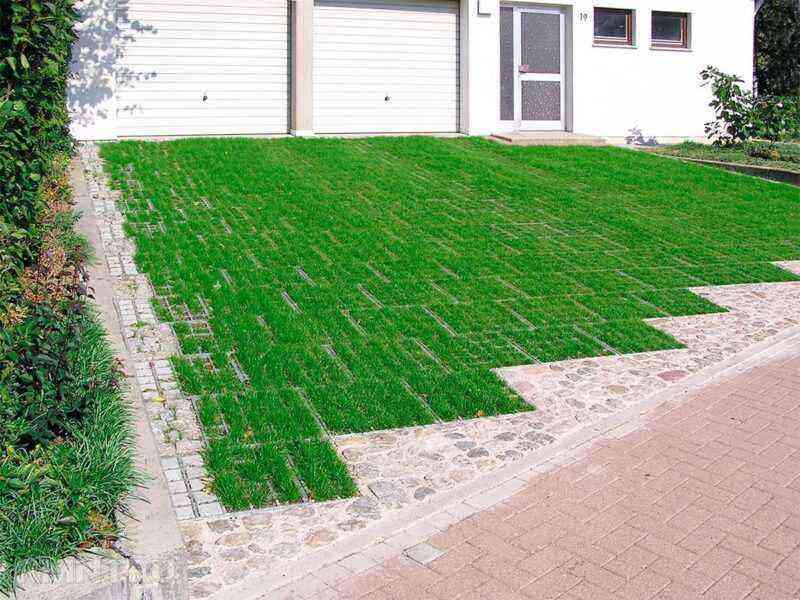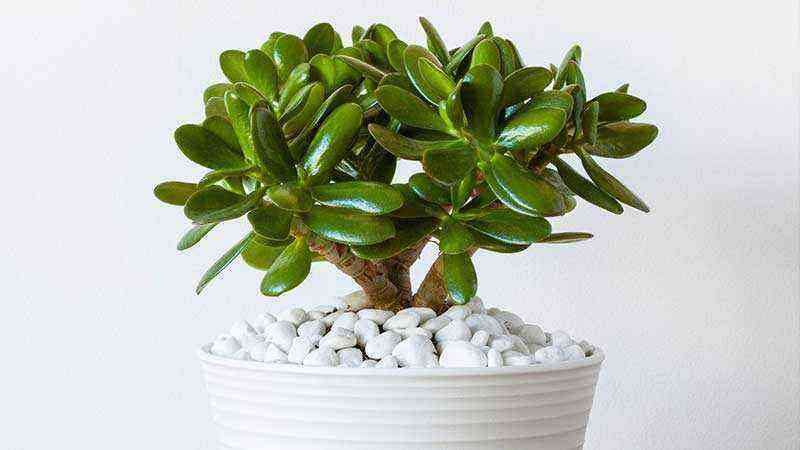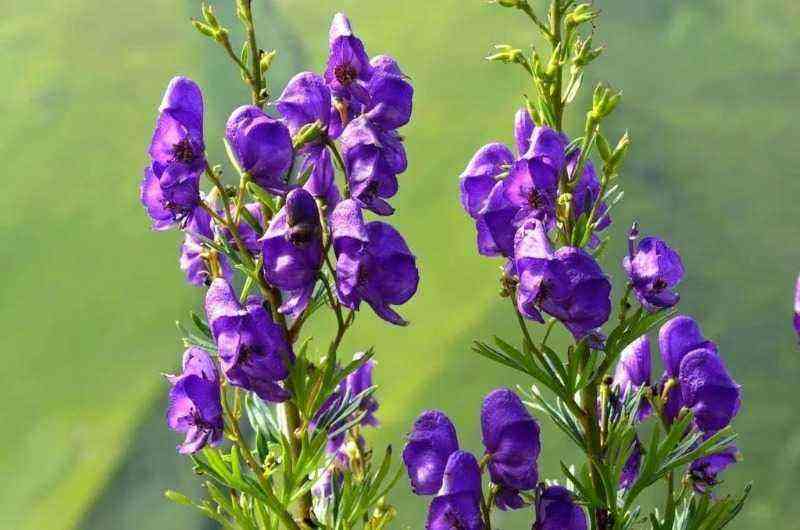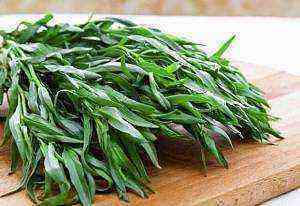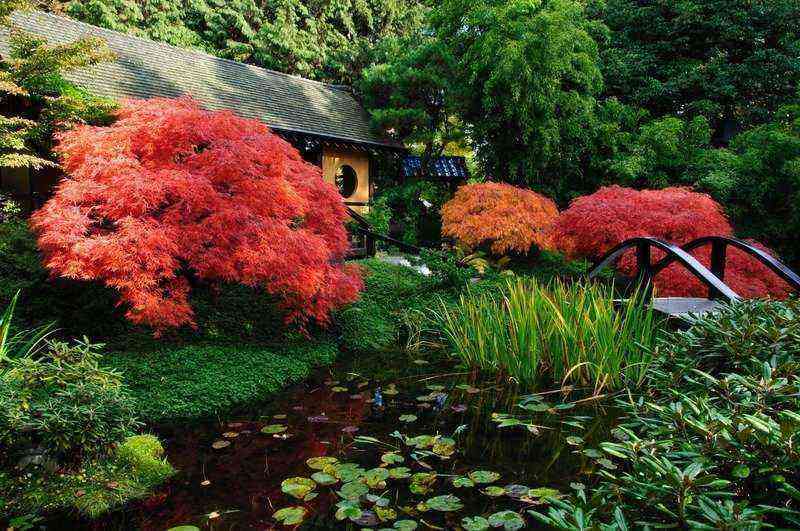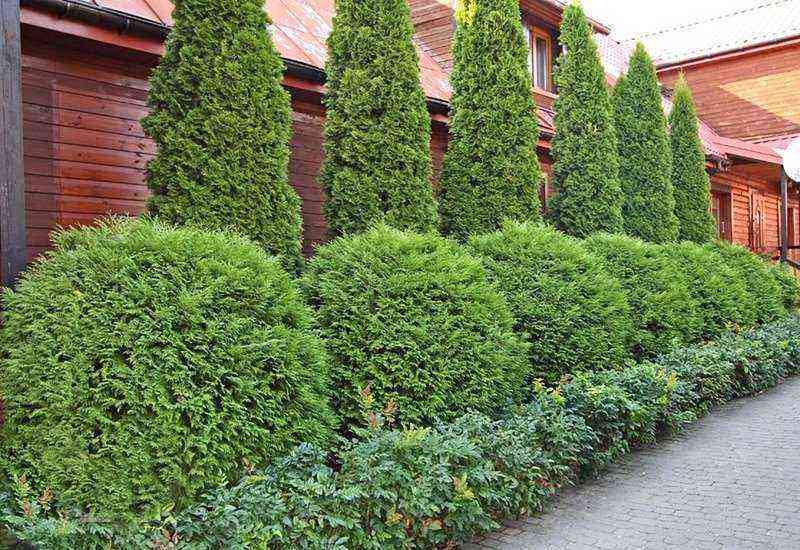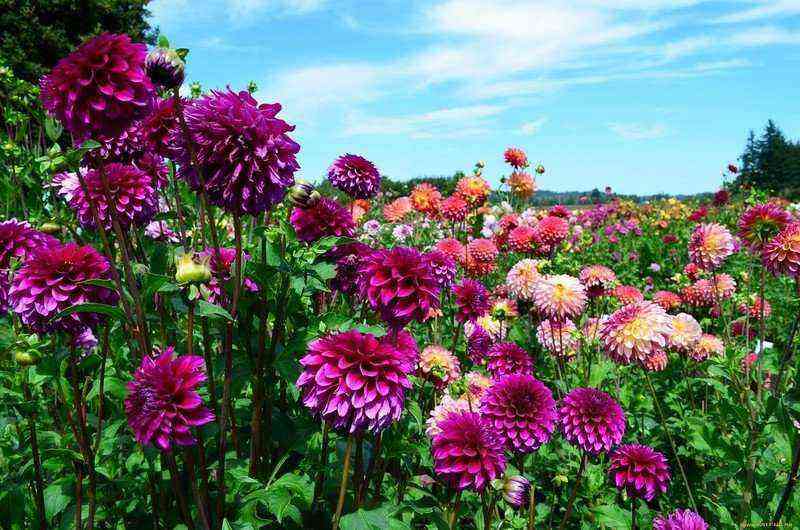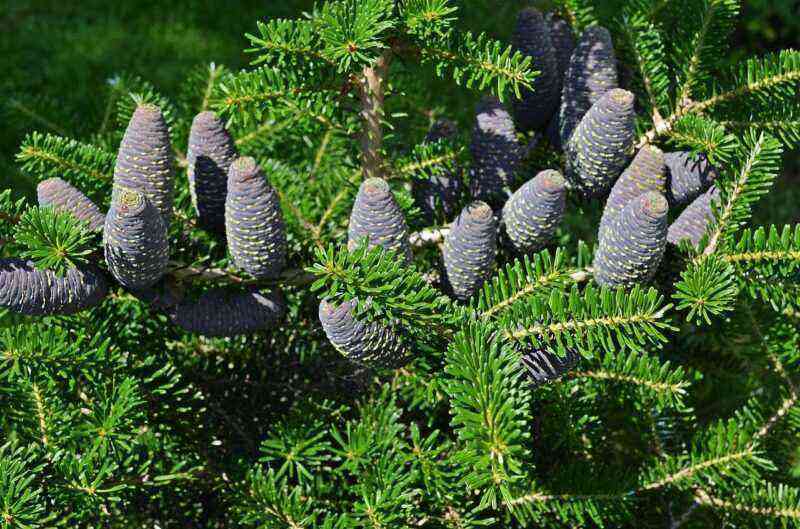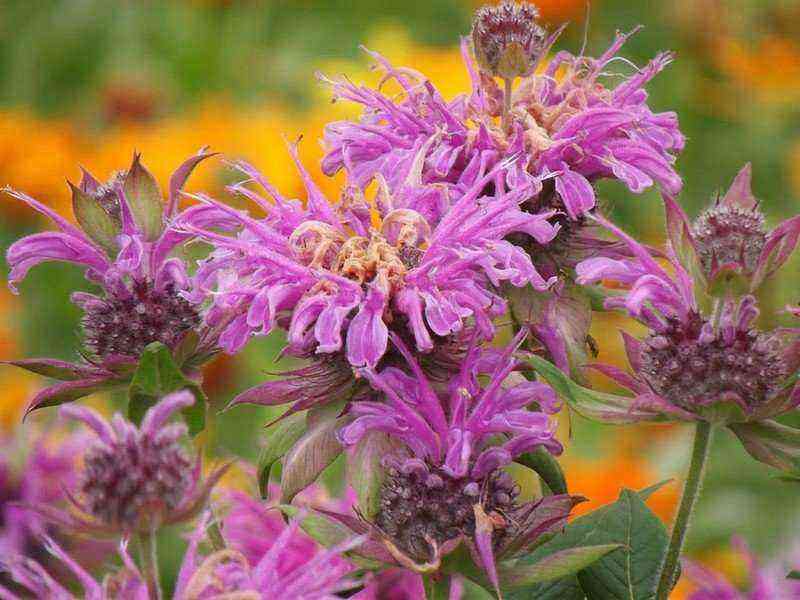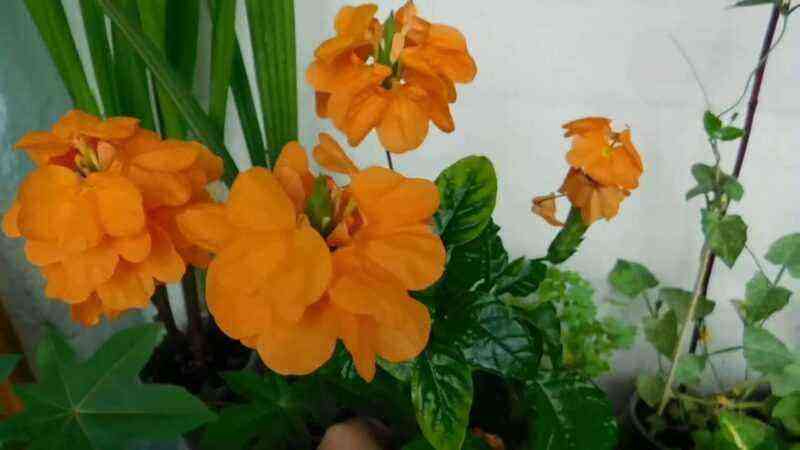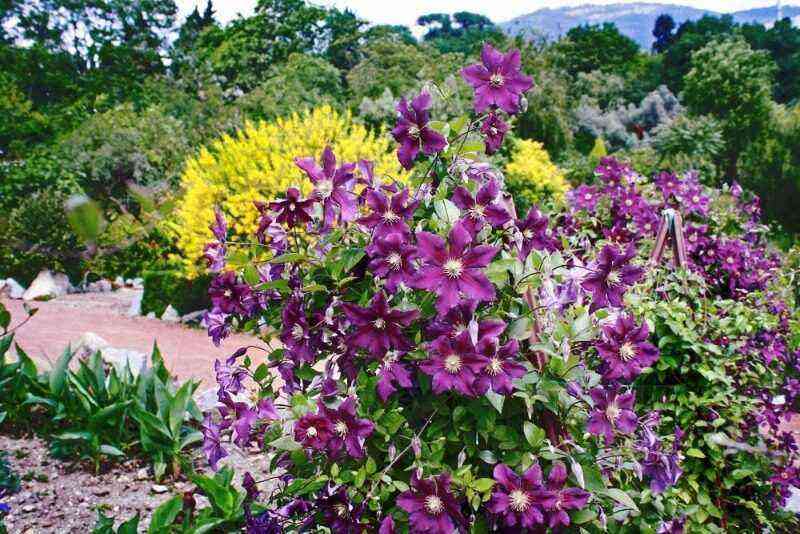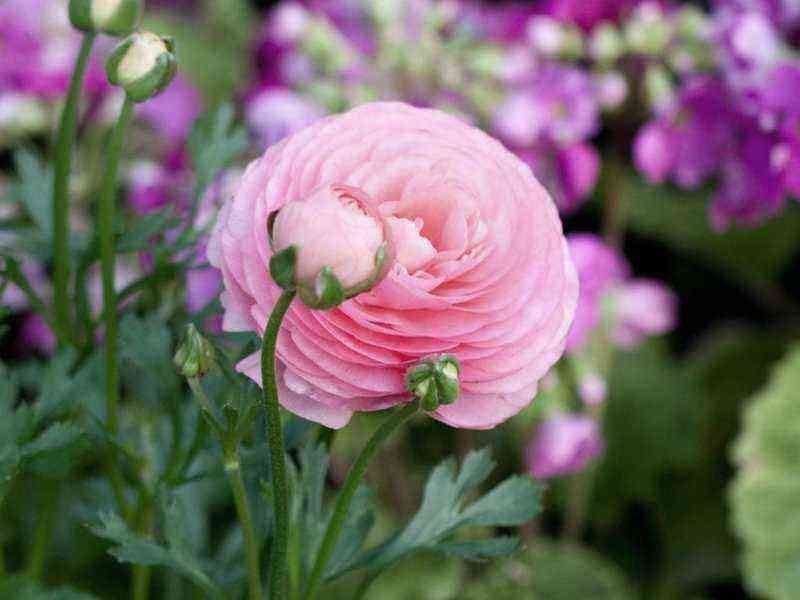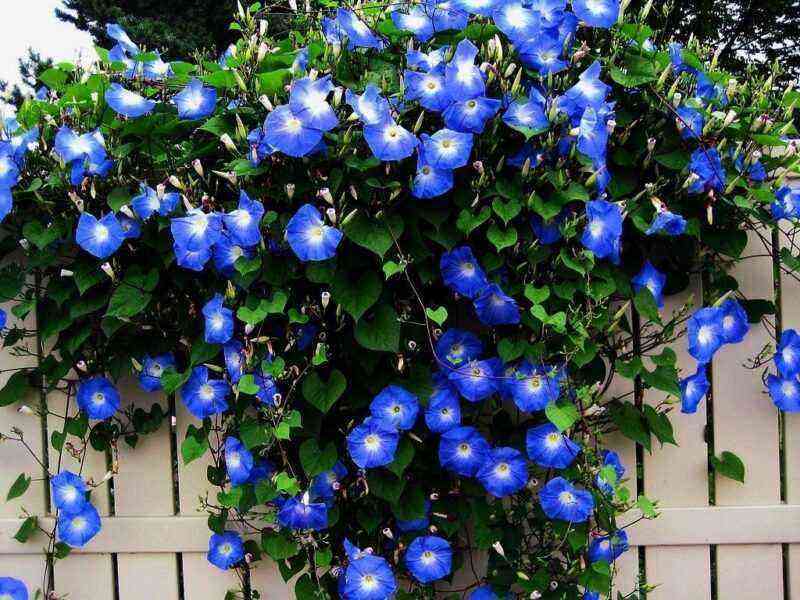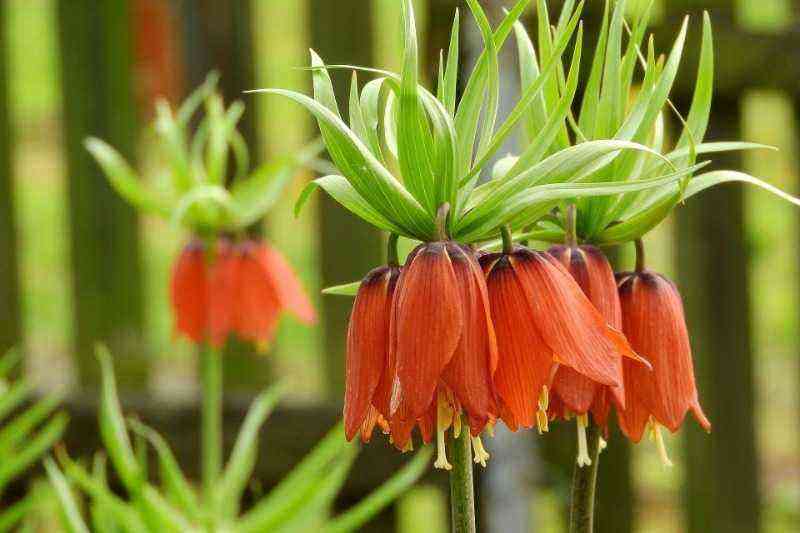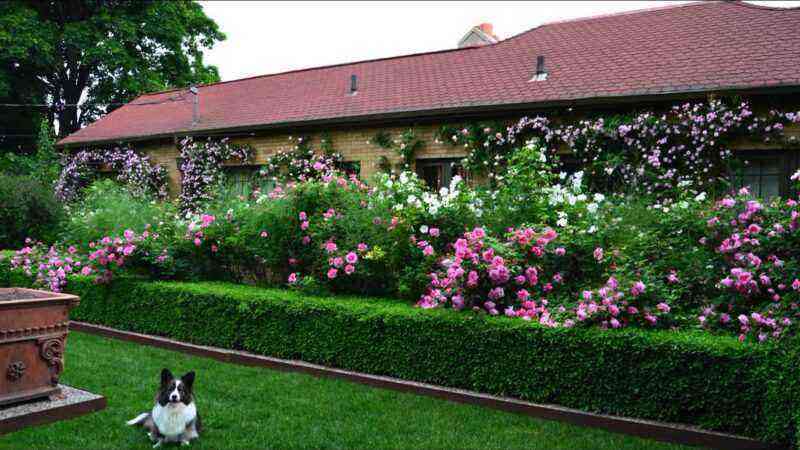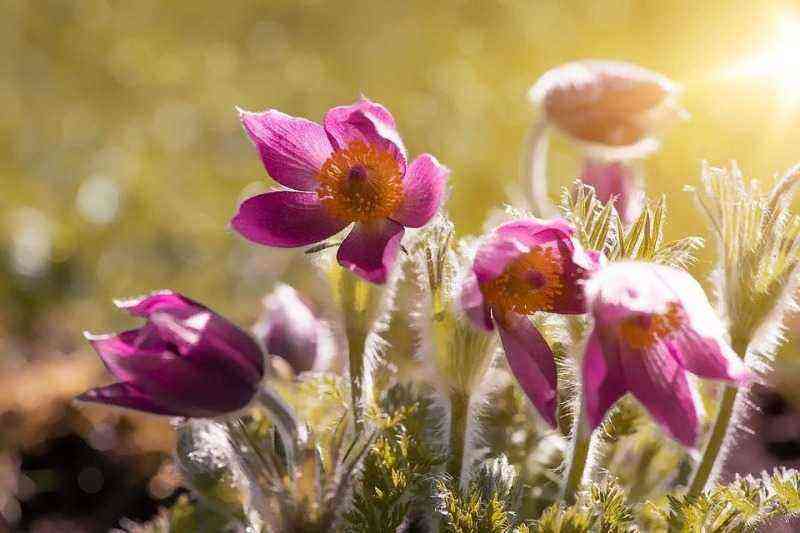The extraordinary properties of amaranth, or shiritsa, have been known for more than eight millennia. Then it was grown as a grain and vegetable crop and used for food. Now the plant is successfully used in landscape design.
The Greek name “amaranth” is translated as “unfading”, and indeed, this plant blooms with beautiful lush panicles all summer, and in late autumn its spikelets form interesting shapes with spherical seed pods that look no worse than the inflorescences themselves.


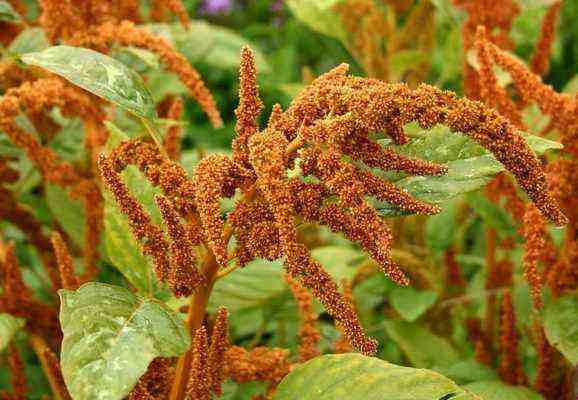
In the design of landscape design, 4 varieties of decorative amaranth are used:
- tricolor;
- sad;
- caudate;
- paniculate.
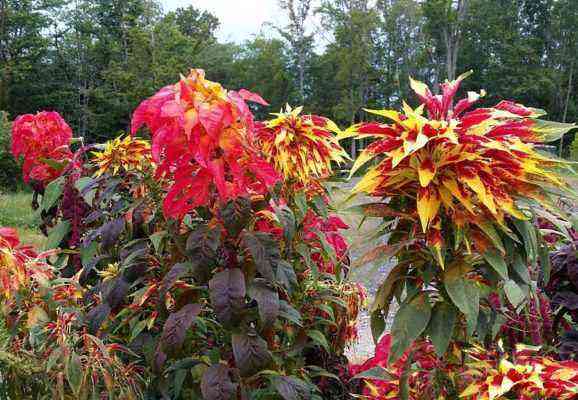
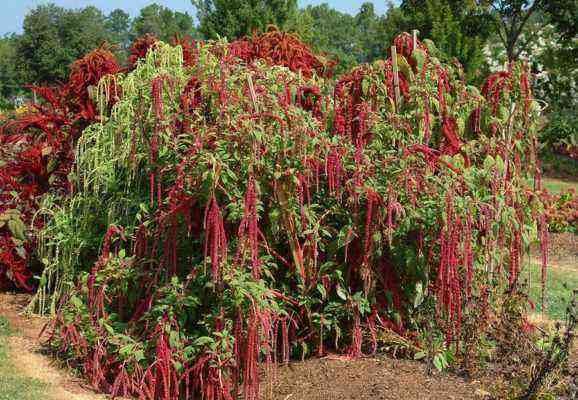

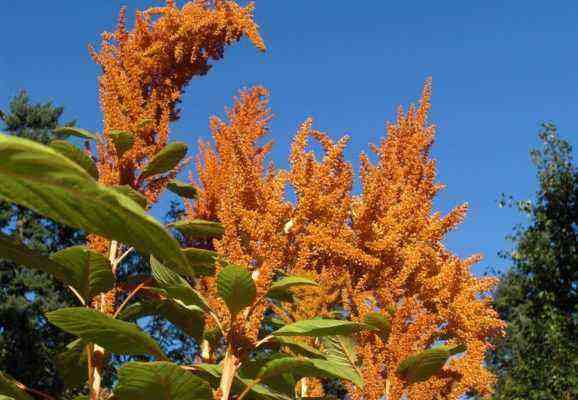
Since amaranth is undemanding to the soil, it gets along on almost any soil and does not need regular maintenance, it can be safely planted in moderately arid areas. Because of these convenient qualities, the plant is very fond of using landscape designers for the design of park areas, squares and personal plots.
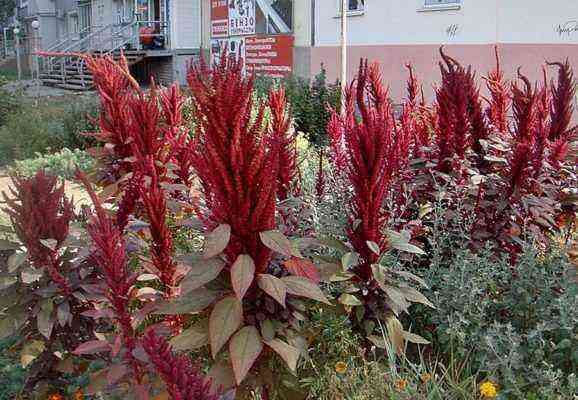
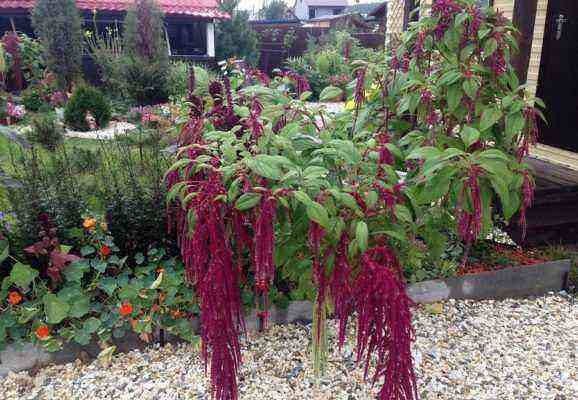
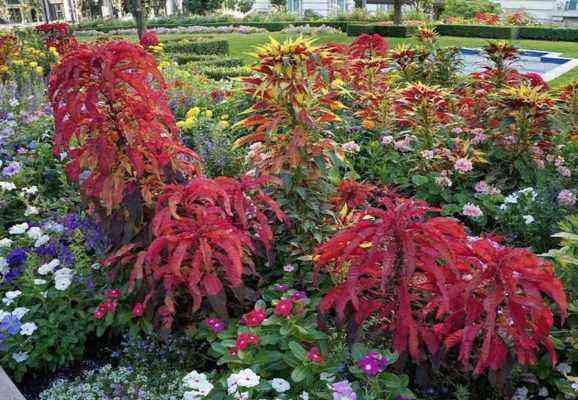
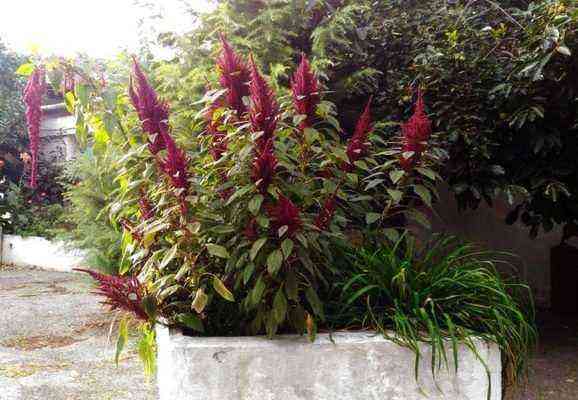
Most of the shiritsa bushes are rather large in size, which must be taken into account when decorating the landscape. Tall amaranth varieties are suitable for large flower arrangements and are also good as tapeworms.


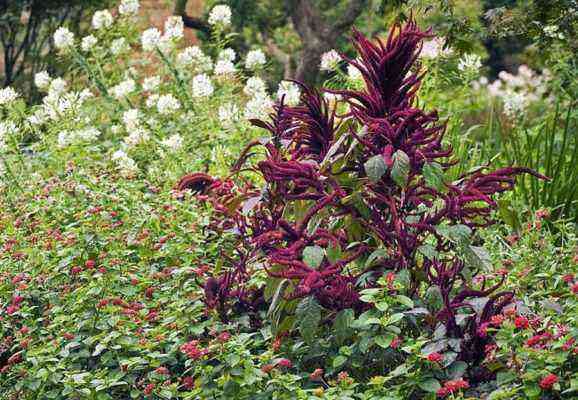

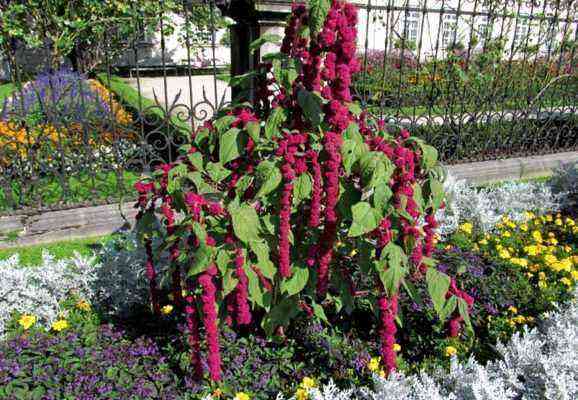
Hanging branches of a tailed or sad amaranth will look very impressive in a hedge, however, like other decorative widths.
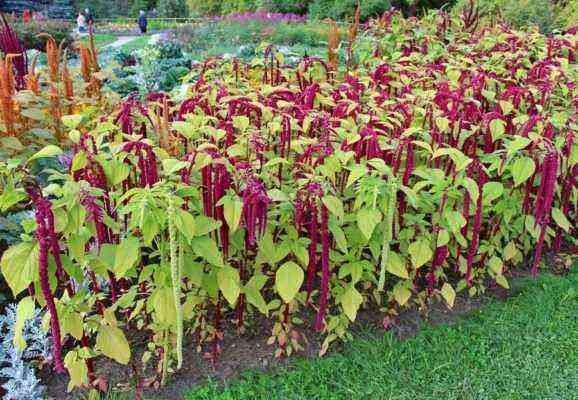
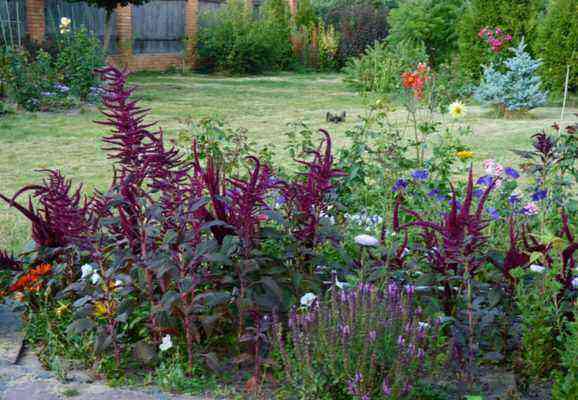
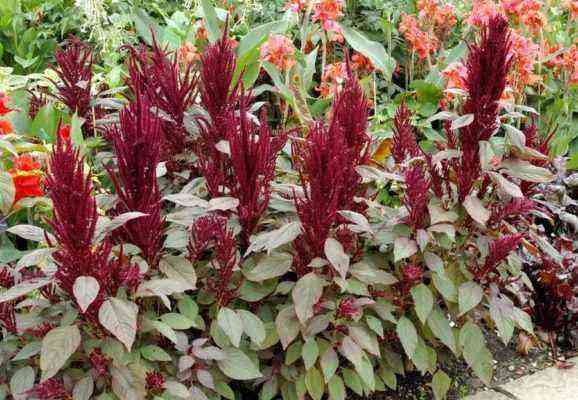
With the help of this magnificent plant, you can decorate flower beds, in addition, amaranth is in good harmony with perennial and annual flowering crops, as well as with some ornamental shrubs.
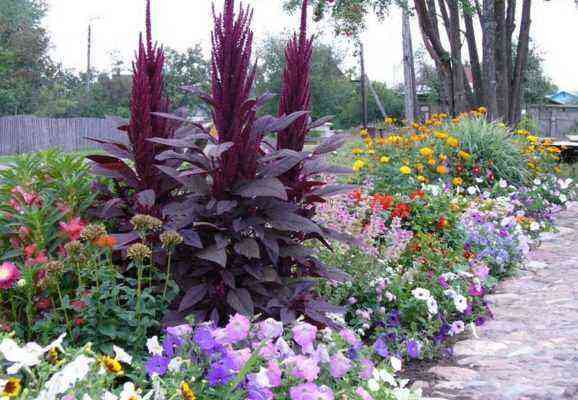


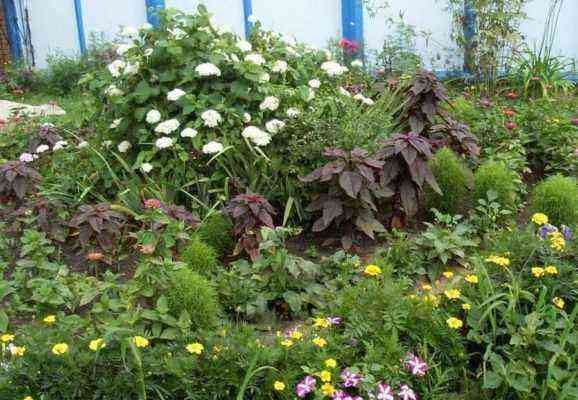
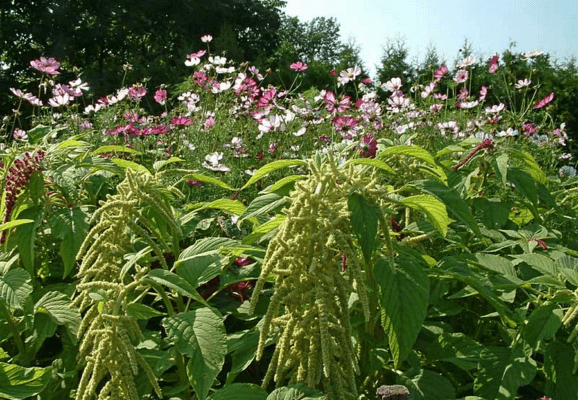
You can use this unpretentious plant in any plantings, for example, on flower beds in parks and squares, flower beds, borders, mixborders and naturgardens. Against the background of the lawn grass, the scythe will stand out with its original color, creating bright accents.
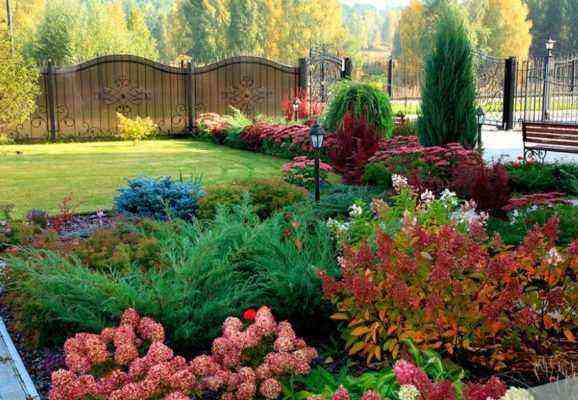
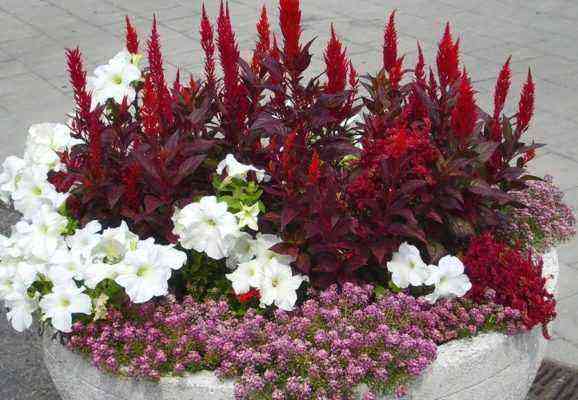
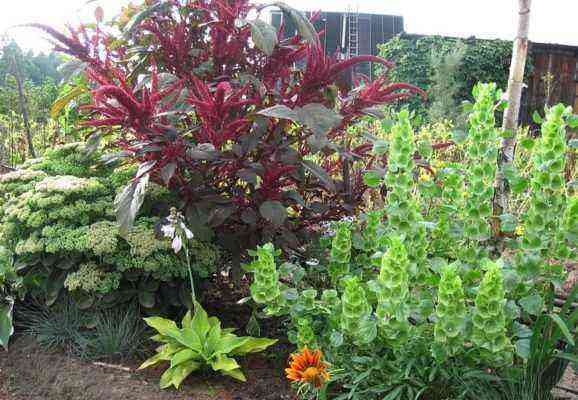
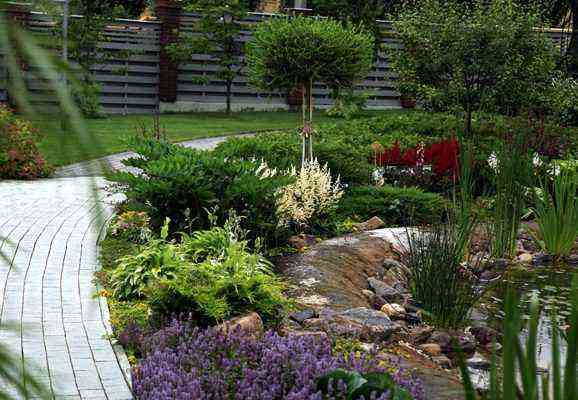
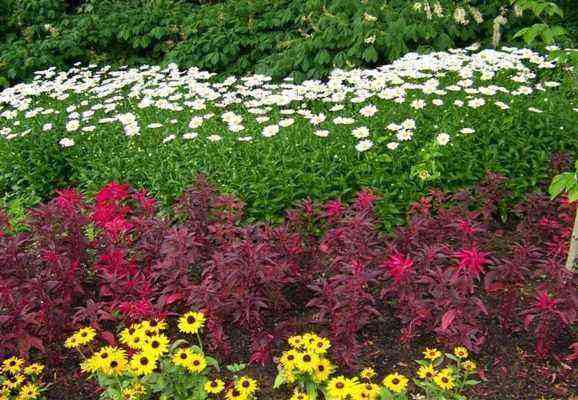
At the summer cottage, tall shiritsa bushes will cover the walls of buildings or unsightly barriers.

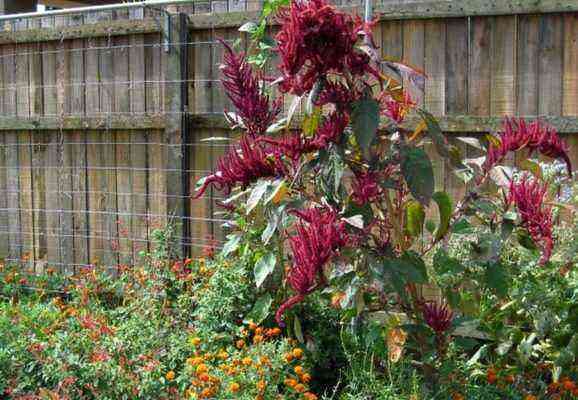
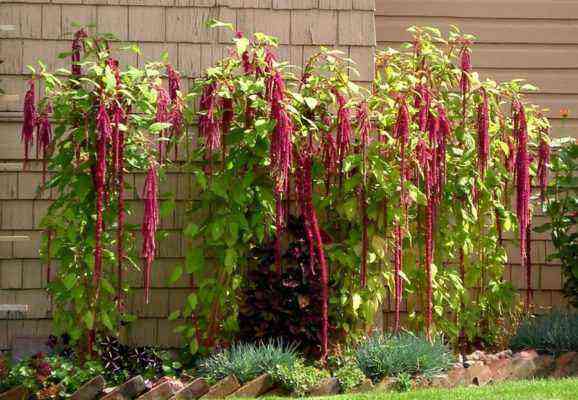
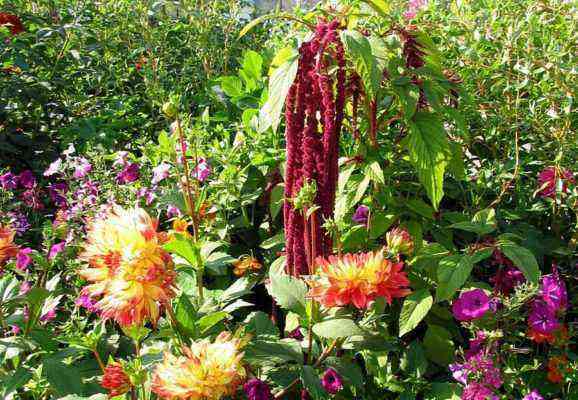
And decorative leafy amaranth tricolor will decorate any flower bed or border.
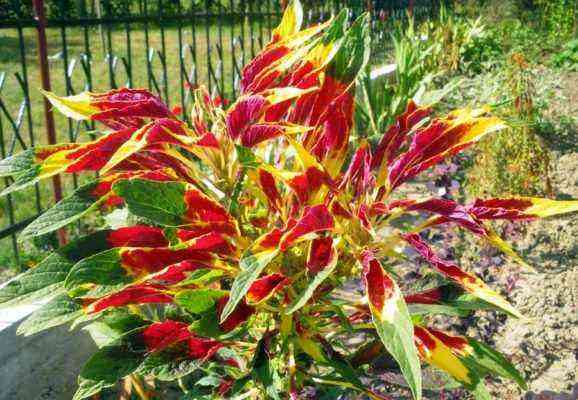
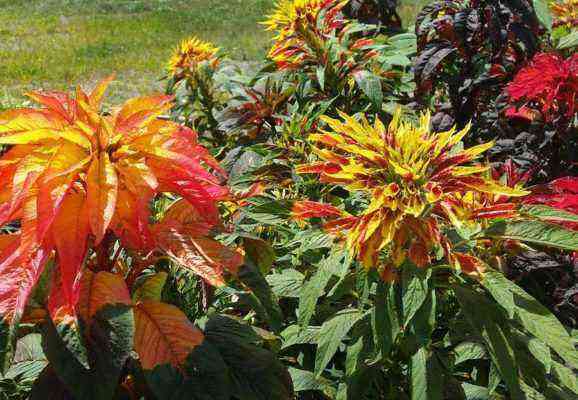
In addition to decorative use in landscape design, amaranth is actively used in cooking, especially in oriental cuisine. The seeds, leaves and stems of this plant are extremely beneficial for our body. In the perfumery industry, oil from the seeds of the squid is added to perfumes and eau de toilette, and bridal bouquets are often decorated with beautiful inflorescences-panicles. This unique plant has so many faces that it is simply impossible to leave it unattended!
